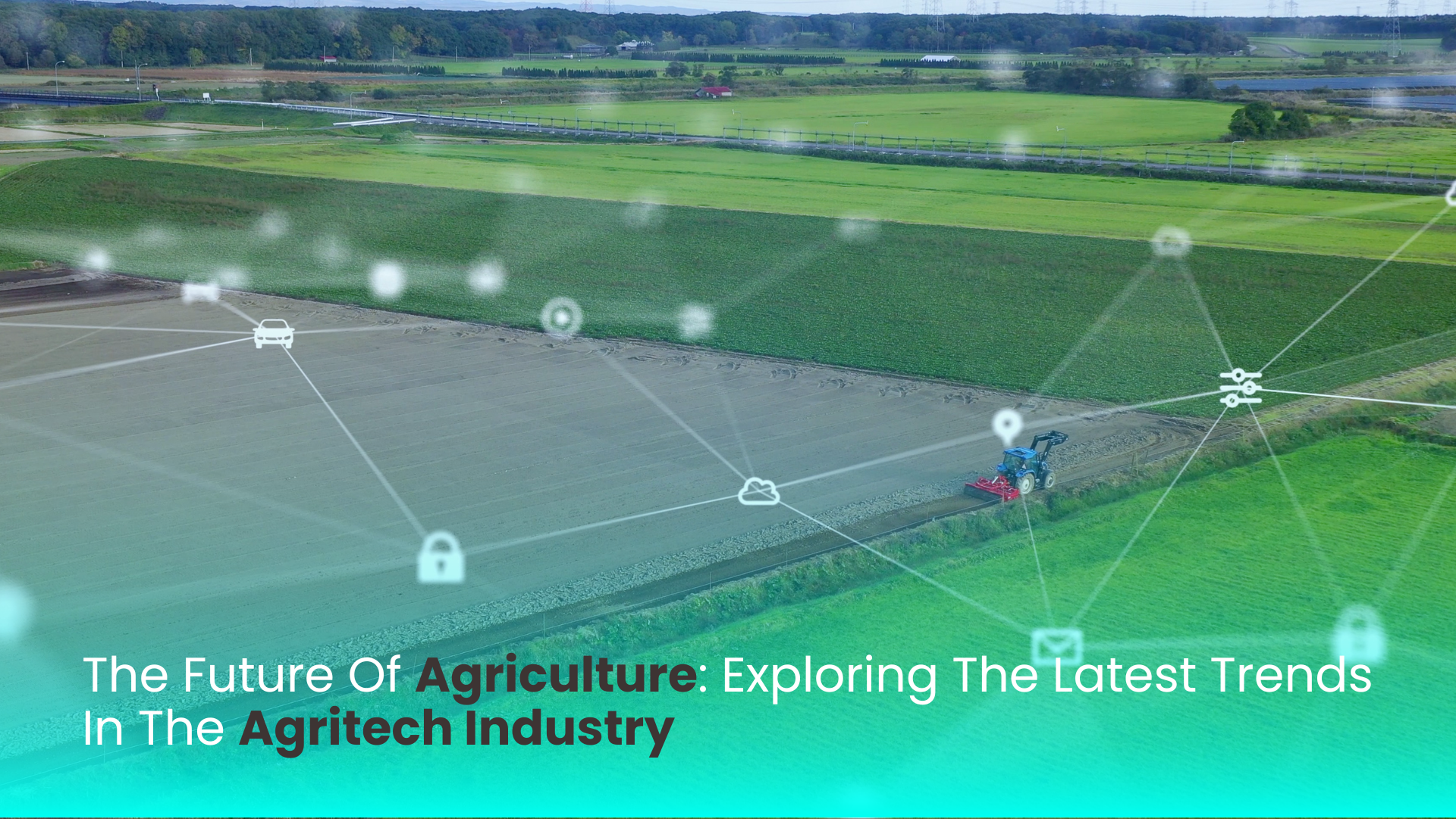The significance of the Agriculture industry to human development is second to none. With the world population projected to reach 8.5 billion by the end of 2030, the demand for food continues to grow and agriculture plays a vital role in meeting this demand. Thus the agricultural industry continues to evolve and it has become important for professionals to stay updated with the latest trends and developments within the sector. With the incorporation of technology and the rise of agricultural events and conferences, there are many exciting opportunities for professionals to learn and the industry shows no signs of slowing down in terms of its growth.
The global agritech market is expected to grow significantly in the coming years. According to a report by Grand View Research, the agritech market is projected to reach $43.37 billion by 2030. The use of advanced technologies and automation plays a critical role in the growth of the agricultural market. These technologies can help farmers improve yields, reduce costs, and optimise resources. Here are some of the latest trends and innovations from the agritech industry.
Rise of Automated Vertical Farms: Automated vertical farms are gaining popularity day by day in the agricultural industry. Vertical farms use stacking layers to grow crops, using minimal space while maximising yields. These farms are often fully automated, with robotic systems handling everything from planting to harvesting. This makes them particularly well-suited for urban environments, where space is limited. Vertical farms offer several benefits over traditional farming methods, including the ability to grow crops year-round and reduced water usage.
Precision Agriculture: Precision agriculture is a data-driven approach to farming that involves using technology to optimise crop yields, reduce costs, and improve sustainability. This approach involves gathering and analysing data on soil conditions, weather patterns, and crop growth, along with using that information to make informed decisions about crop management. Precision agriculture offers several benefits over traditional farming methods, including improved crop yields, reduced use of fertilisers and pesticides, and improved sustainability.
Big Data: With the emergence of data technology, data has been significantly used by various industries for optimised decision making. The agriculture sector just like other sectors is generating vast amounts of data. This data is inculcated to make better decisions, improve crop yields, and reduce costs. Big data analytical tools can be used to study data from a variety of sources, including weather sensors, soil sensors, and satellite imagery. Thus making it easier to make informed crop management decisions such as when to irrigate, when to fertilise, and when to harvest.
Controlled Environment Agriculture: Controlled Environment Agriculture (CEA) is a rapidly growing area in the agricultural industry. CEA involves growing plants in a controlled environment, such as a greenhouse, where variables such as temperature, humidity, and lighting can be carefully monitored and adjusted to optimise plant growth. CEA offers several benefits over traditional agriculture practices, including the ability to grow crops year-round, reduce water usage, and minimise the use of pesticides and herbicides. CEA is particularly well-suited for horticultural crops such as vegetables, fruits, and herbs, which require precise growing conditions. As the demand for precise produce continues to rise, CEA is becoming an increasingly important area of focus for the agricultural industry.
Increased Use Of Satellites & Drones: Satellite data has grown in popularity due to its efficiency and cost effectiveness. The use of hyperspectral satellites enables higher-resolution images of farms, giving comprehensive information about each pixel while reducing the need for costly sensors. Sensors can be helpful in some situations, but they are expensive to maintain and should be more easily scalable. Farmers can access a variety of information from satellite data, such as atmospheric and soil temperature, soil nutrients, carbon emissions, moisture levels, and local weather conditions, making agricultural cultivation more dependable and efficient. While drones have already been used in agriculture for a few years, in 2023, we can expect to see an even higher use of this technology. Drones can be used for a variety of tasks, such as crop monitoring and spraying. They can cover large areas quickly and provide farmers with real-time data on crop health and growth.
The agritech industry is evolving rapidly, driven by the need for sustainable agriculture practices and high yielding results. Professionals in the industry must stay up-to-date with the latest trends and developments in the agritech sector. This will allow professionals and stakeholders to remain more competitive and to contribute massively towards the growth of the industry. With the incorporation of advanced technologies, such as precision agriculture, automated vertical farms, and the use of big data analytics tools. The agricultural industry is poised for significant growth and innovation in the years to come.


